Crisis of Spring
Going to Thoreau for nature, finding society and resolve
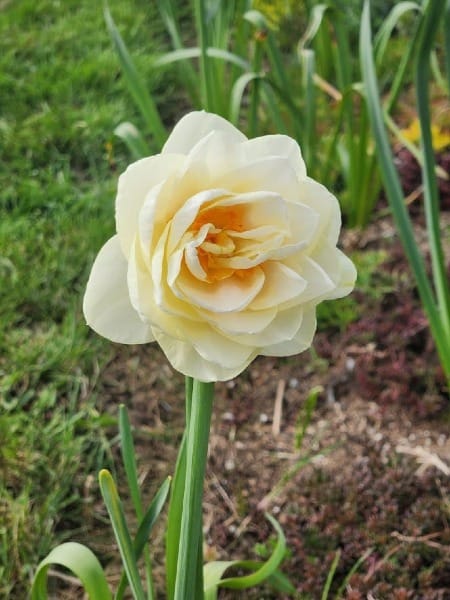
Transitions and Crisis
All winter, the hillside I live on splits between green and brown when viewed from the interstate a mile and a half away. Last week, we turned a corner when the deciduous trees finally greened up enough to counterbalance the brown. We may have passed the spring equinox a month ago, but spring feels like it has just now arrived.
Transitions are marked subtly, then all at once, sometimes.

Henry David Thoreau wrote something apt in his next to last chapter in Walden, “Spring:”
The change from storm and winter to serene and mild weather, from dark and sluggish hours to bright and elastic ones, is a memorable crisis which all things proclaim. It is seemingly instantaneous at last.
In this context and Thoreau’s time, “crisis” meant a significant transformation. It typically was associated with something that required care because of the vulnerability presented during the change. A “crisis” could be related to personal health, such as childbirth or the breaking of a fever. It could be connected to a landscape, such as draining a wetland and putting land under cultivation.
“Crisis was a moment of dynamism, rife with anxiety,” explained the historian Conevery Bolton Valencius in her award-winning book The Health of the Country: How American Settlers Understood Themselves and Their Land (2002).
I am through my own “crisis” of spring. By the time the hillside greens up with nascent tree leaves, my eyes no longer itch and I no longer sneeze constantly from my seasonal allergies.
But looking around, I wonder at broader crises and when society’s fever will break.
Thoreau's Observations
I cracked open Walden, because I vaguely recollected that Thoreau included seasonal chapters. Not exactly — he included two winter-themed chapters and one chapter on spring. “Spring” is the final one before the conclusion, so I expected something grand.
I found something mucky.
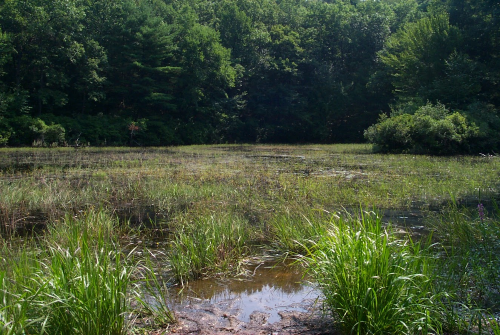
Thoreau opened by closely describing the thawing of Walden Pond. He observed minutely and recognized cycles in this action.
The phenomena of the year take place every day in a pond on a small scale. . . . The day is an epitome of the year. The night is the winter, the morning and evening are the spring and fall, and the noon is the summer.
While he dropped some fine phrases, including “veins are filled with the blood of winter” to describe the openings in the pond’s ice, Thoreau’s chapter comes alive most with his enthusiastic descriptions of a railroad cut — where the construction of the line cut into the earth, revealing its innards.
Fascinated by how sand and clay were thawing, Thoreau spares nothing in his depictions of flowing sand but uses the scene, characteristically, to muse metaphorically.
Watching the earth come alive he felt he “stood in the laboratory of the Artist who made the world and me.”
The internal earth expressed itself in spring by bursting forth with life. “This is the frost coming out of the ground; this is Spring,” Thoreau wrote.
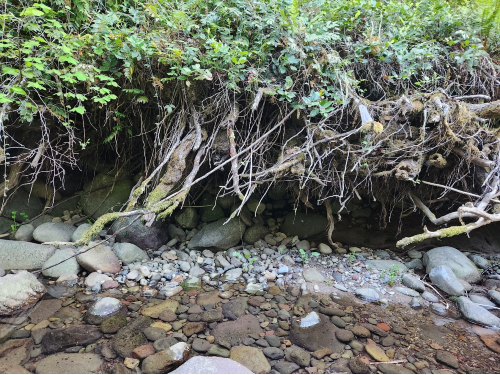
The road cut illustrated how all of nature worked, Thoreau speculated.
The earth is not a mere fragment of dead history, stratum upon stratum like the leaves of a book, to be studied by geologists and antiquaries chiefly, but living poetry like the leaves of a tree, which precede flowers and fruit, — not a fossil earth, but a living earth; compared with whose great central life all animal and vegetable life is merely parasitic.
Part of this, of course, is to emphasize a living earth, not an inert planet.
But Thoreau was also emphasizing that what we see outwardly in nature comes from within.
Much like society more generally.
More than Nature
Thoreau usually gives me something different from what I expect. I turned to Walden’s “Spring” to be inspired by nature’s florescence.
Lines like “We can never have enough of Nature” and “We need the tonic of wildness” are the sorts of things I craved (and found).
Yet I kept being pulled to that road cut.
I picture Thoreau beside the rails on a spring day as the sun warms the soil. He watches as softened sand drops to the grounds. The moisture flows and meanders. “It is wonderful how rapidly yet perfectly the sand organizes itself as it flows,” he writes, “using the best material its mass affords to form the sharp edges of its channel. Such are the sources of rivers.”
The road cut for me today is not so much a metaphor for nature but for nation: that which is inside will appear during the crisis.
Our society, in the warm light of spring, is also self-organizing.
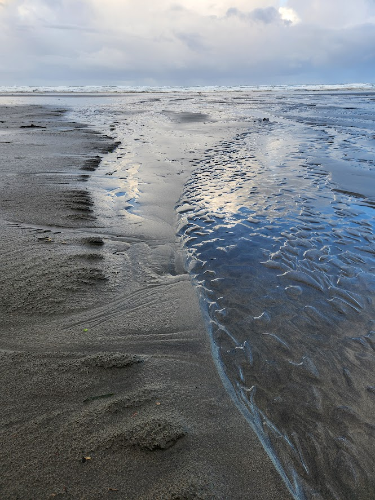
Society's Crisis
We are watching some of what has often been hidden from us become revealed externally. We notice racism rising. We observe greed. We detect corruption. We recognize bullying. We witness the rule of law ignored. We see many embrace destruction for its own sake.
It is common to hear, “This is not who we are.” Obviously, that is wrong; it’s been there all along.
But it is not all of who we are.
Millions gathered in person on April 5; more protests are called for on April 19. As the crisis reveals one terror after another, we are beginning to not only see clearly the ugliness we live among but also the beauty and power among those who refuse to accept that the worst of us should define all of us.

Near the end of “Spring” Thoreau wrote,
We need to witness our own limits transgressed, and some life pasturing freely where we never wander. We are cheered when we observe the vulture feeding on the carrion which disgusts and disheartens us and deriving health and strength from the repast.
Be the vulture, gathering strength.
The crisis of a season is easy to pinpoint — the equinox, the green leaves, the end of allergies — but the crisis of society is not so obvious.
But the crisis must break, too. We cannot know when. We must act and have faith. “I have great faith in a seed,” Thoreau wrote, “Convince me that you have a seed there, and I am prepared to expect wonders.”
In Other Words
- Paid subscribers should have received my latest interview feature of local wildlife photographer Nancy Crowell.
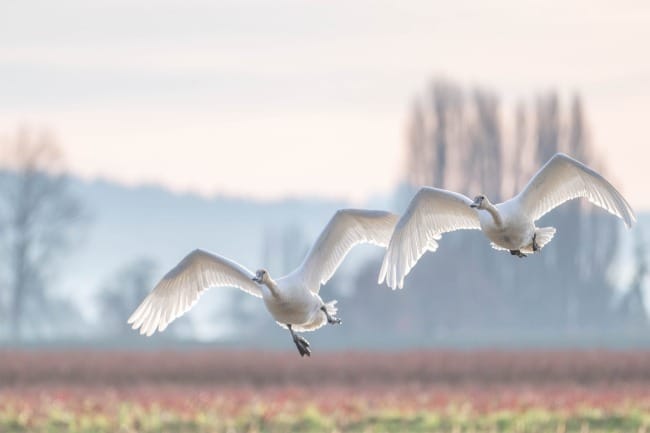

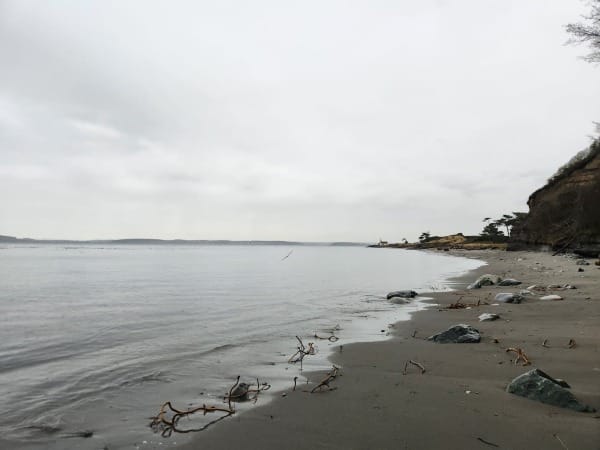
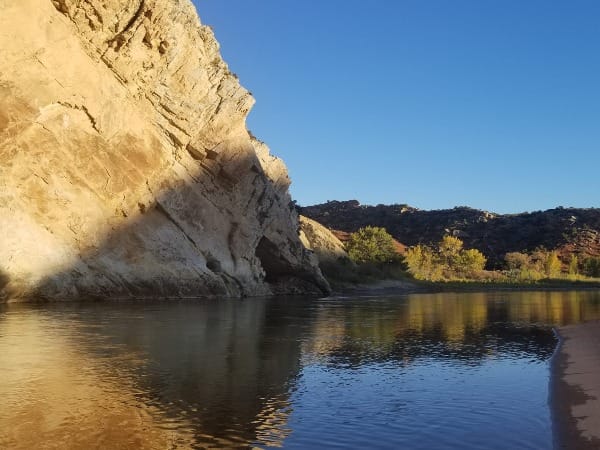
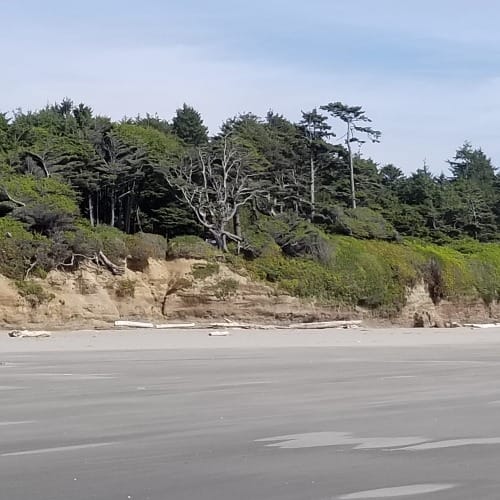
Comments ()